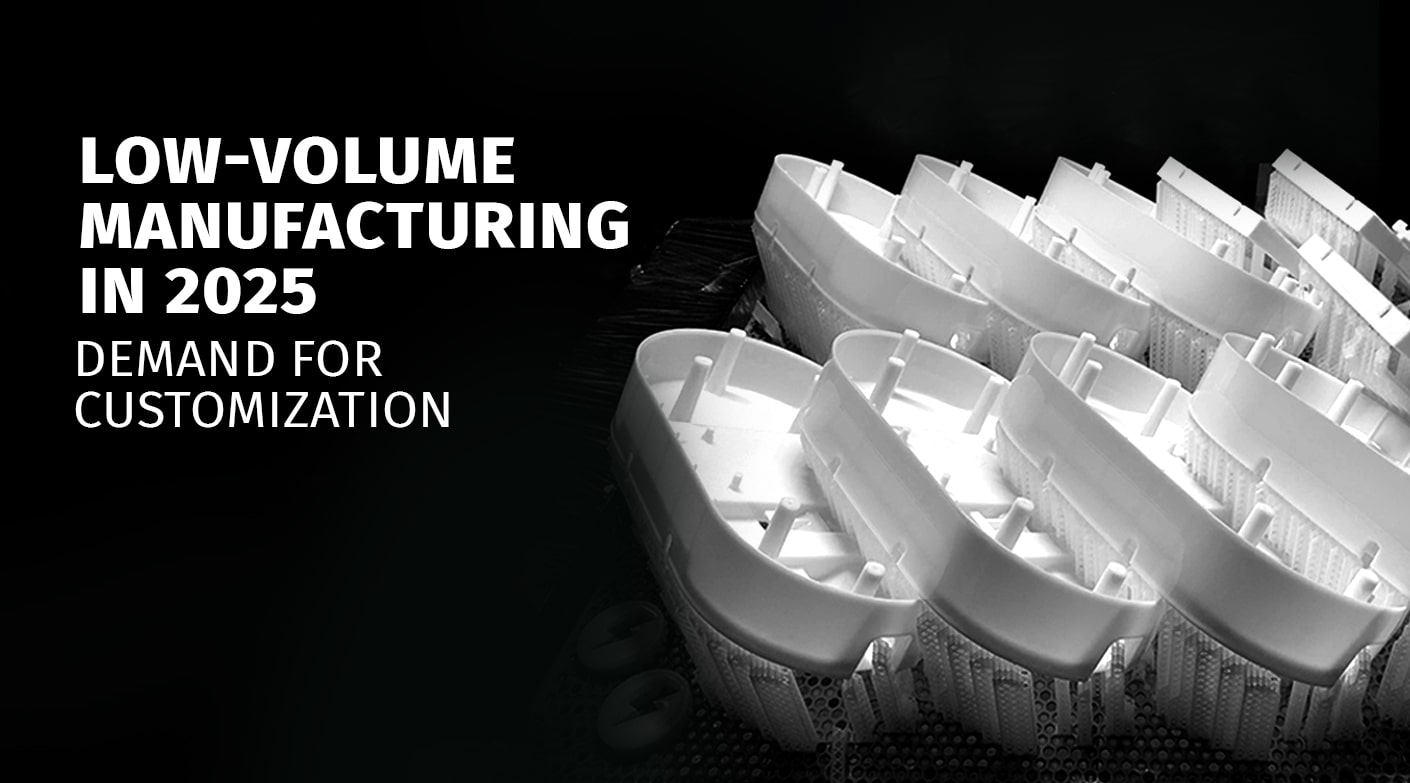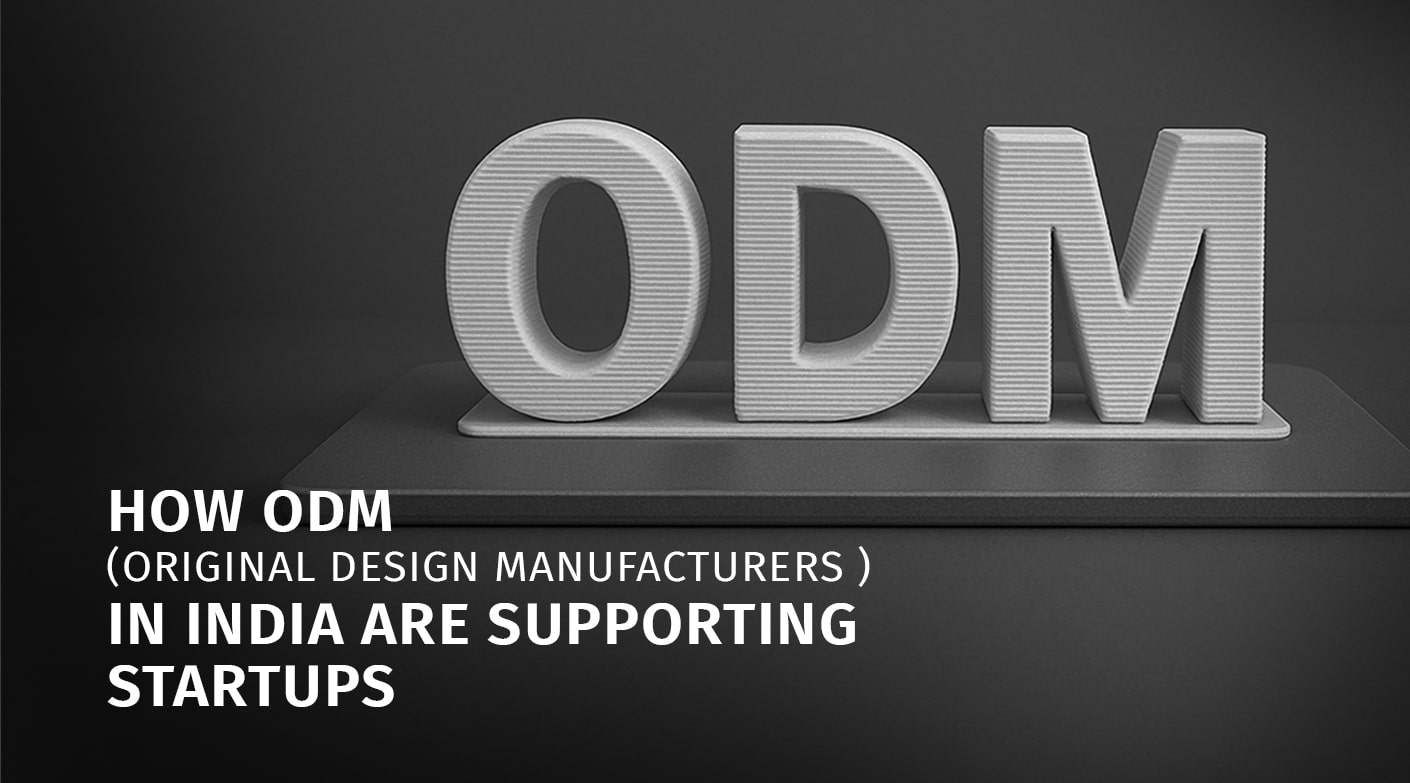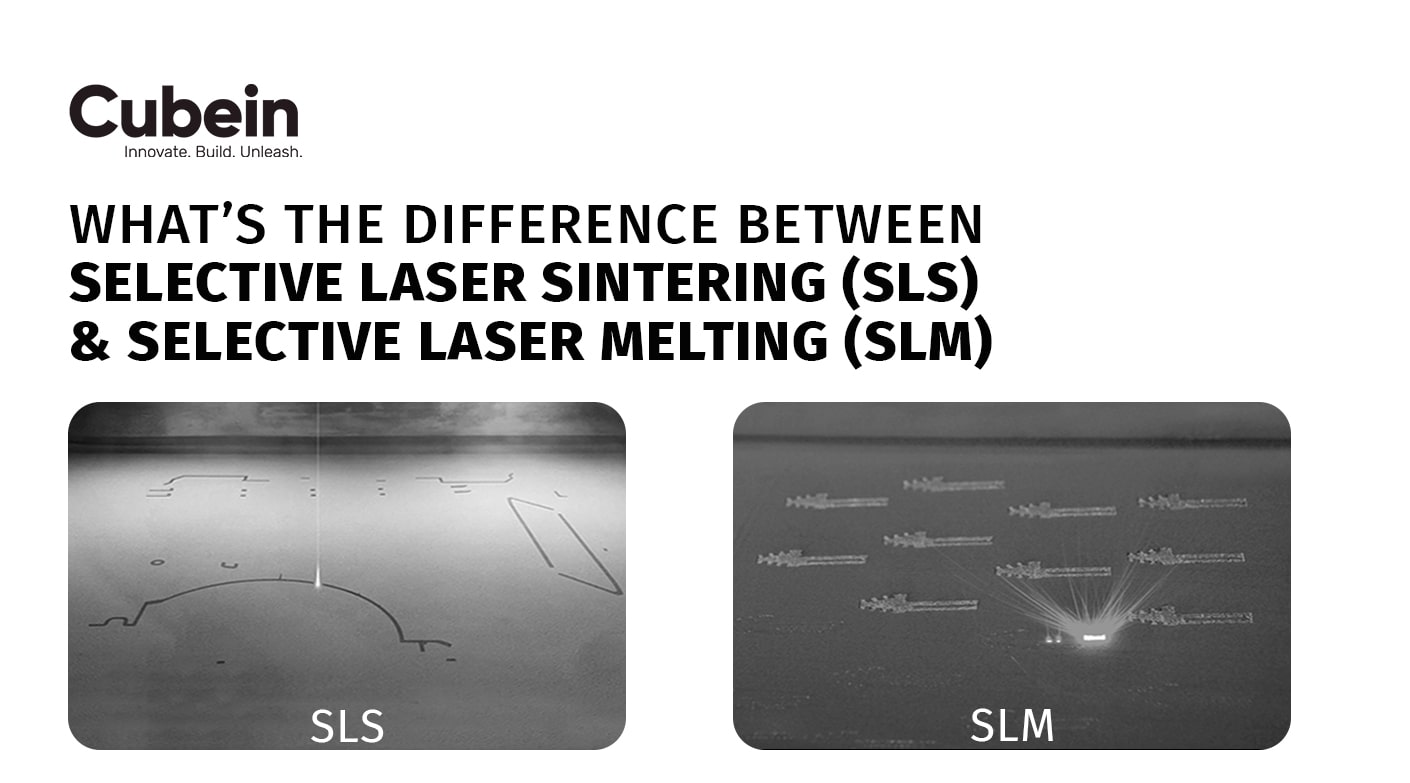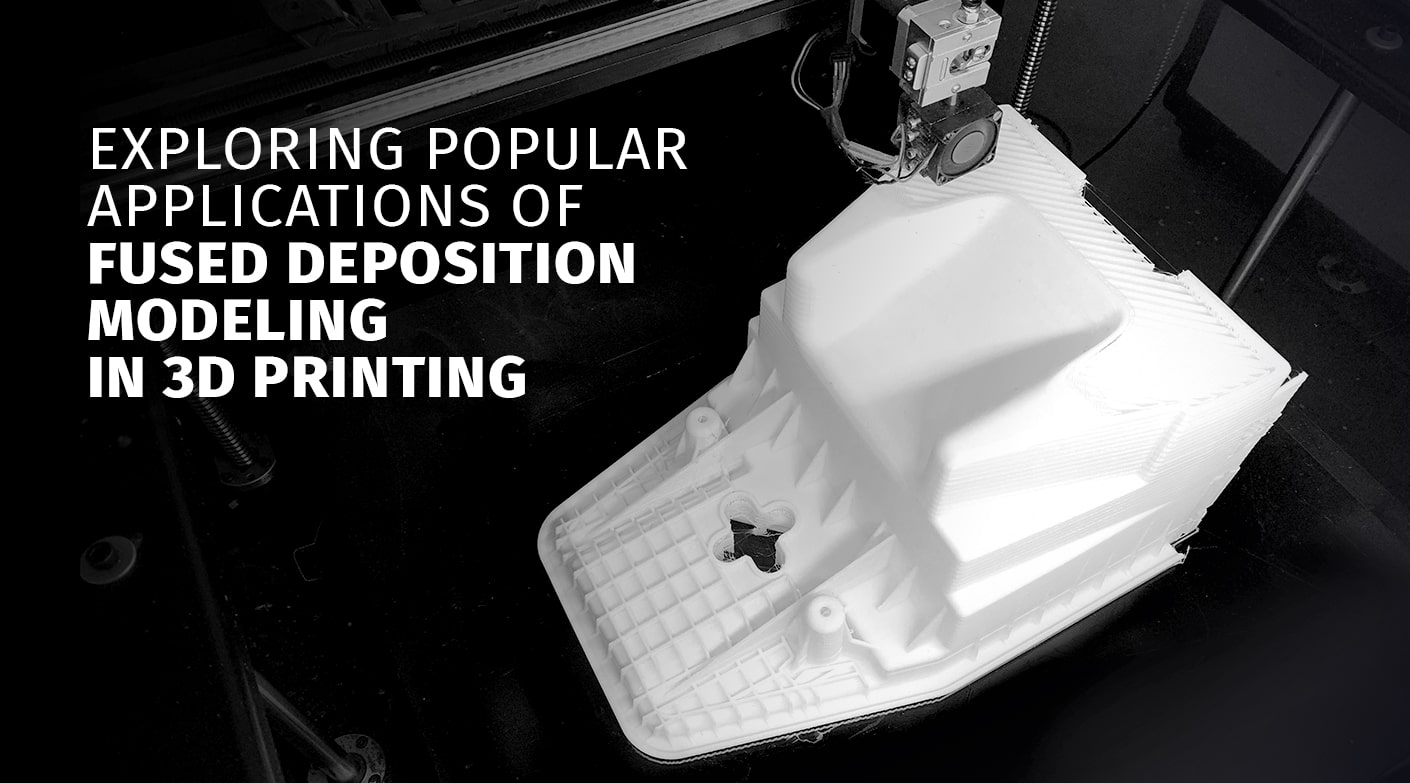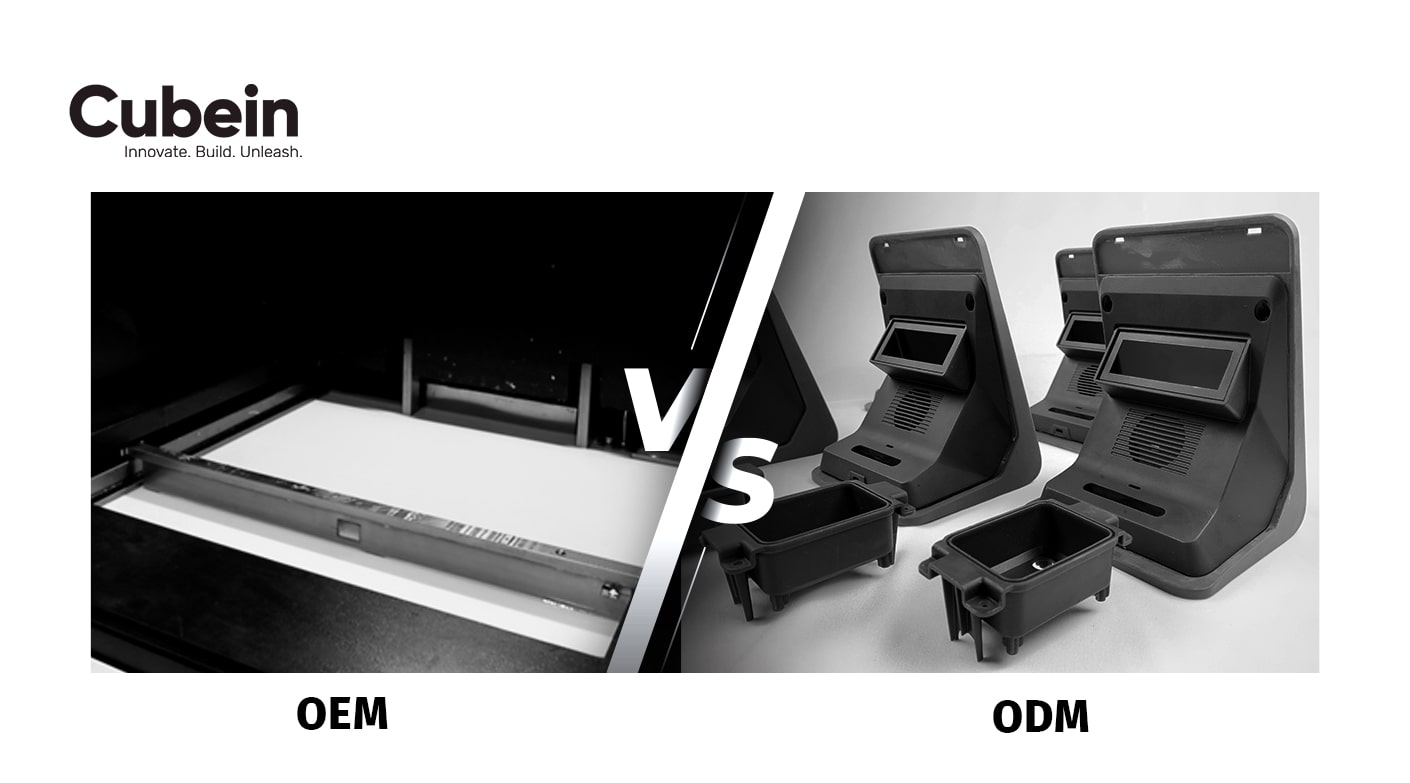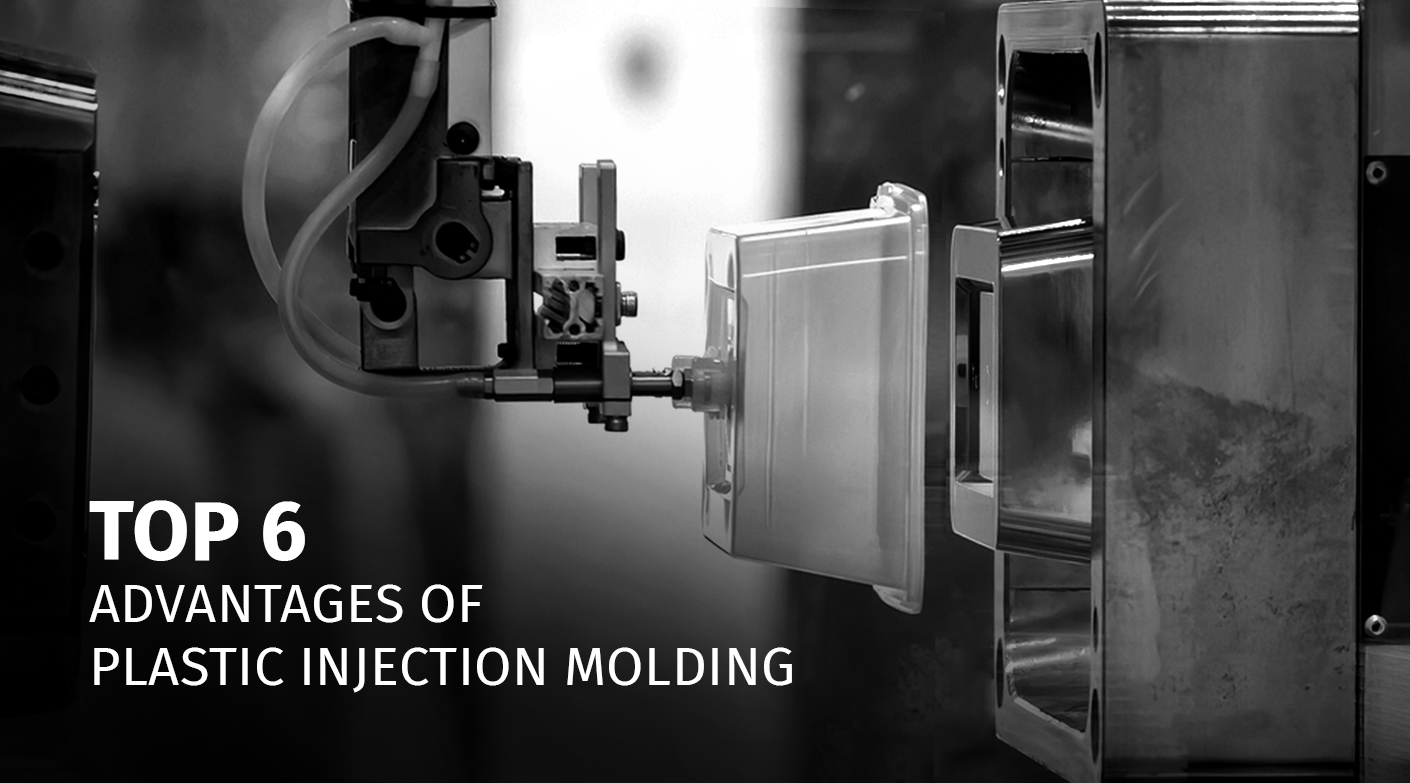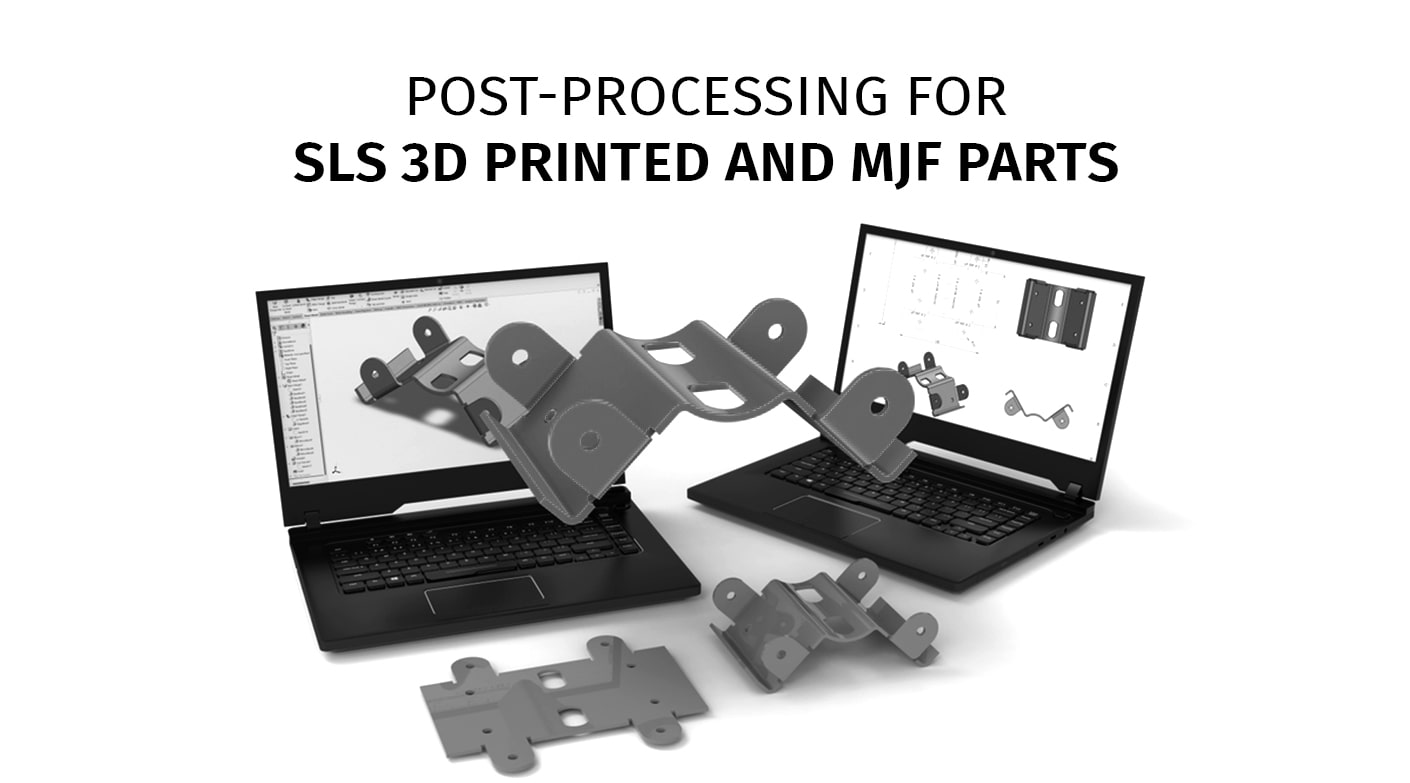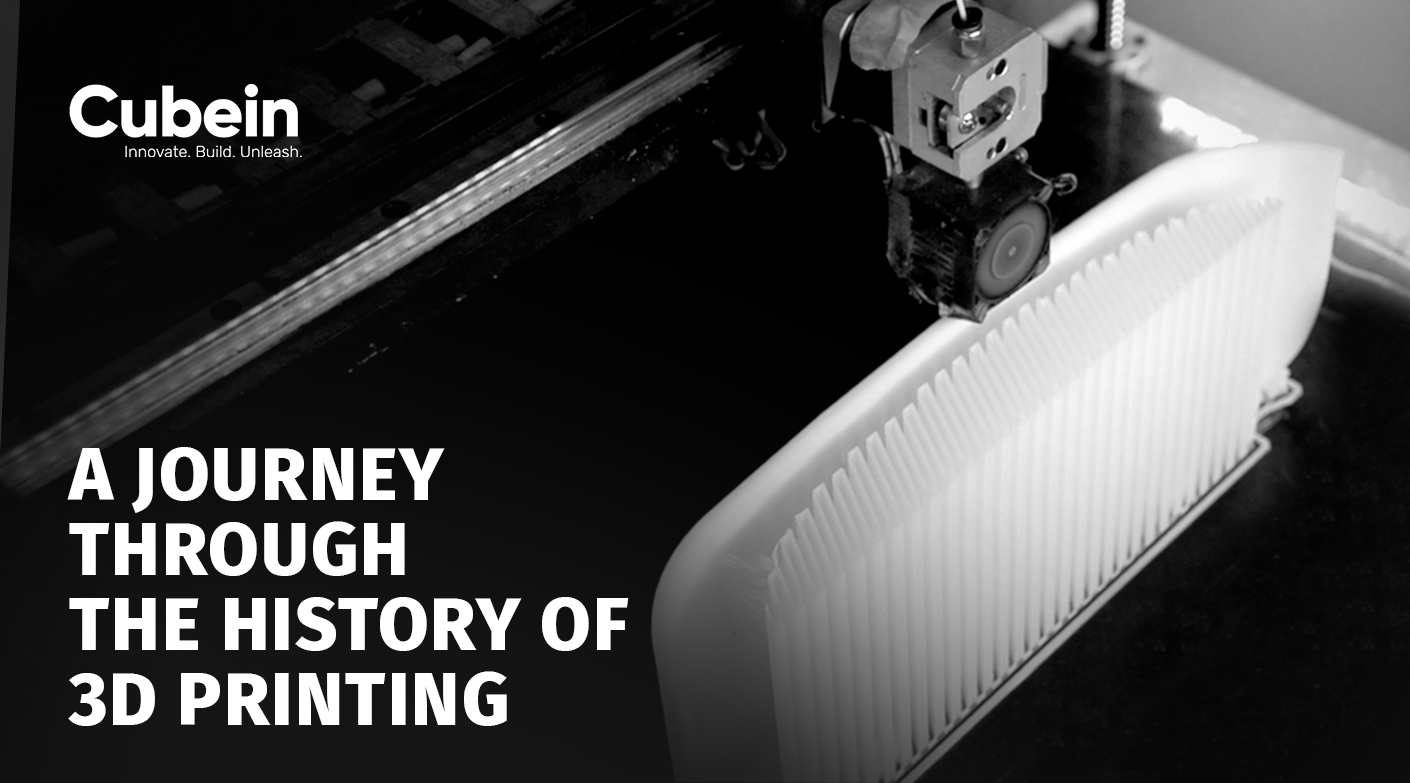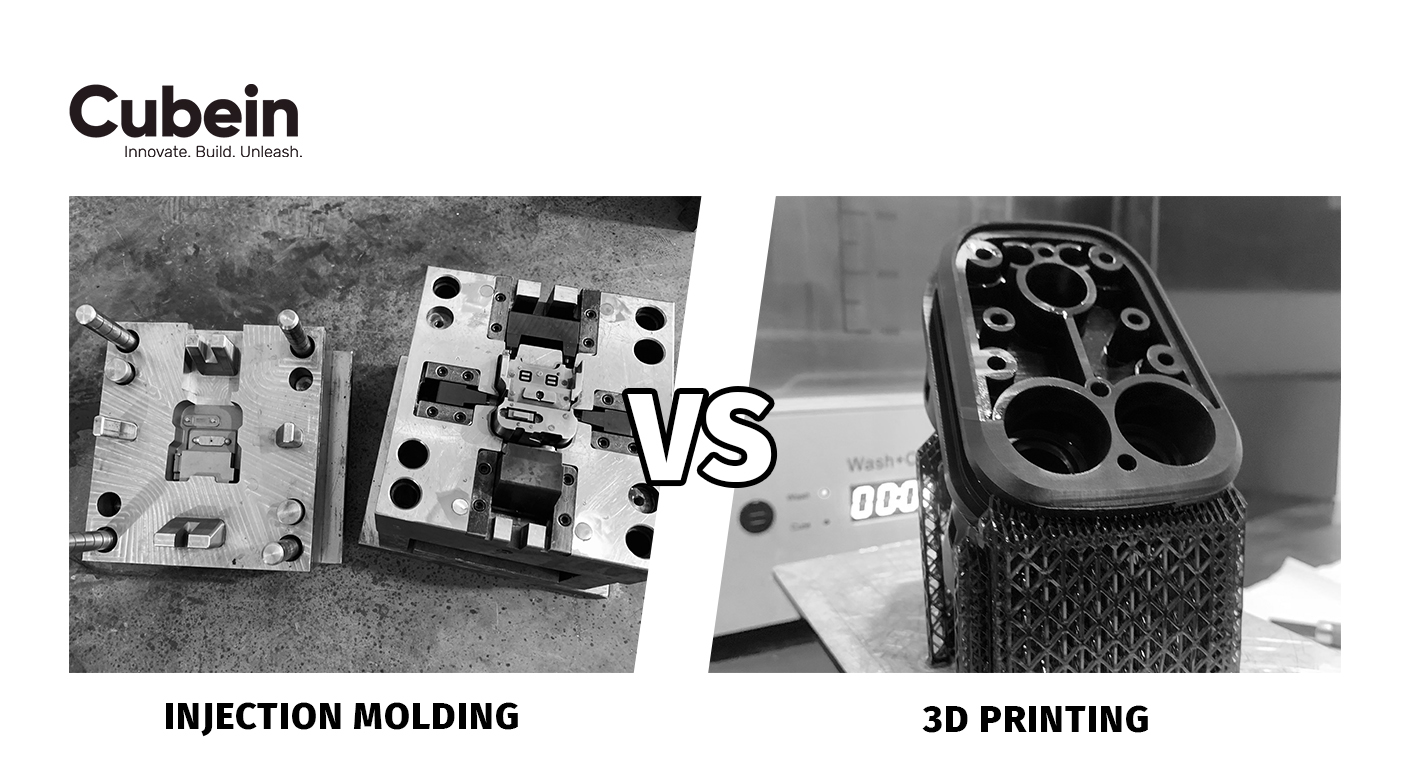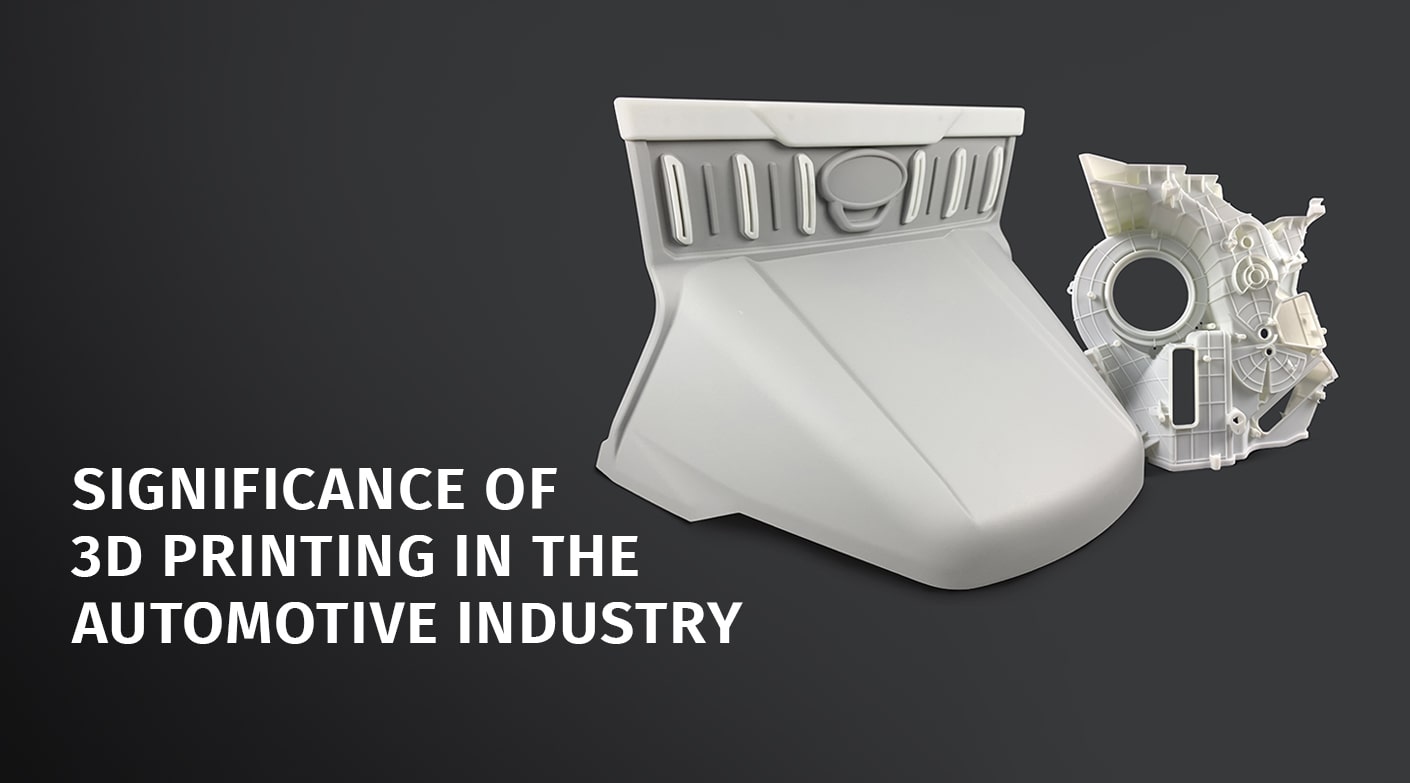Do you know what’s the common thread connecting Porsche’s sports car seat, Rolls Royce’s brackets, and Volkswagen’s tooling equipment? Well, they are perfect examples of low-volume 3D printing in action! Some of these innovations stem from the growing expectations from customers to get customized products while others as micro-steps toward improving overall end-product manufacturing.
Customer’s expectations of products have moved beyond quality and affordability. Today customers are looking to make their unique presence felt and turn heads in the attempt by owning custom-made products to bring their unique personality to the fore.
To stay ahead in the competitive market OEMs and manufacturers have to be ready to deliver customized products that rank high in demand.
Additionally, certain sectors that are trying to make a unique brand identity must bring in new product designs that might be complex to manufacture but can earn them a brand identity in the process. This is where customized low-volume manufacturing and low-volume manufacturers come to the forefront.
Companies in commercial aerospace, automotive, and other industrial sectors, can seize emerging opportunities to develop highly critical and complex designs by partnering with reliable low-volume manufacturers like Cubein. As a company providing low-volume manufacturing services in India, we shed light on how low-volume manufacturing has reshaped the way custom products are built.
Low-Volume Manufacturing: An In-Demand Methodology For Customization
The global 3D printing market is projected to grow from USD 27.52 billion in 2024 to USD 150.20 billion by 2032, driven by the wide need to produce low-volume parts. While mass production of high-quality components, parts, and products is an established means of cost-effective production. OEMs and ODMs who want to stand apart and bring unique products often rely on low-volume manufacturers to create custom, high-quality products.
Advent of the Customization-Driven Manufacturing Era
It’s the era of customization and it’s no wonder that organizations that are growing rapidly drive 40 percent of their revenue from delivering custom-made products with a touch of personalization. Recent years have seen an upward trajectory in innovative and unique products catching customers’ eyes. Additionally, innovation in the automotive, aerospace, and defense sectors has propelled the need for experimentation with new products and this is where low-volume manufacturing is considered as a game-changer.
Cubein delivers use case-specific parts, components, and products that are highly customizable and our low-volume manufacturing services in India stand apart for incorporating the latest advancements in technology like Artificial Intelligence and 3D printing solutions to change the way manufacturing and AEC (Architecture, Engineering, and Construction) organizations work.
What Is Low-Volume Manufacturing?
Low-volume manufacturing involves developing a limited number of components or products. Though different manufacturers have different numbers to what fits in “limited”, the number can range anywhere between 100 to 10,000. Low-volume manufacturing brings shape to initial prototypes or complex designs that might need customization, iterative improvements, or small-batch production to cater to unique requirements or niche markets.
In modern production operations, low-volume manufacturers play a pivotal approach in delivering high levels of customization for industries where custom designs, limited-run products, or complex prototypes are required.
Low-volume manufacturing coupled with automation and technological advancements like additive manufacturing/3D printing solutions, CNC machining, and rapid tooling have transformed manufacturing and the inclination towards adoption of Industry 4.0 led to digital transformation turning manufacturing operations into a more innovative and cost-efficient system. Low-volume manufacturing is a strategic approach as it allows iterative design modifications and quicker response times to market feedback.
How Low-Volume Manufacturing for Customization Is Benefitting Organizations?
Low-volume manufacturing was considered a preferred way for organizations to make prototypes without making huge investments. However, there has been a radical shift in perspectives and organizations are turning to low-volume manufacturing as a potential way to iteratively develop customized components and products for innovative brands.
Here’s how manufacturers and OEMs have gained an advantage by pivoting to low-volume manufacturing for customization needs.
1. Personalization For Nice Markets
Catering to niche markets is the need of the hours and industries like healthcare can benefit from low-volume manufacturing of custom prosthetics and medical devices that are customized for individual patients using 3D printing solutions or CNC machining. 3D printing in particular is a cost-effective method that has seen a rise in use by 21% in 2023 for end-use parts manufacturing due to its cost-effective nature.
Similarly, players in the automotive arena can use low-volume manufacturing to deliver bespoke interiors with unique color schemes.
2. Flexibility in Design Iterations
The biggest advantage of low-volume manufacturing lies in its agility. Low-volume manufacturing’s capabilities entail small production runs where implementation and changes in test design take place rapidly. This agility is particularly advantageous in consumer electronics or aerospace, where continuous improvement is in demand, along with high standards of functionality and user-specific requirements.
3. Waste Elimination and Cost Efficiency
Low-volume manufacturing using 3D printing solutions is an economically viable option as they have the potential to cut down costs since it is based on producing only what is needed for customization. This minimizes material waste, particularly for industries dealing with luxury goods and fashion, where exclusivity and sustainability are necessary ways of growing business.
4. Agile Time-to-Market
Low-volume manufacturing is also a trump card for businesses that want to respond to customer demand swiftly. This is achieved by using advanced technologies like 3D manufacturing to deliver faster results in less time.
5. Improved Customer Satisfaction and Brand Loyalty
Customer satisfaction is a precedent and big players in healthcare can develop medical devices like custom-fitted orthotics or surgical guides to provide better care to patients. Additionally, the automotive sector can produce limited-edition vehicles that have unique features using the advantage of low-volume manufacturing. Similarly, organizations in the consumer goods space can deliver personalized packaging or exclusive design runs by partnering with Cubein for the best low-volume manufacturing services in India.
Future of Low-Volume Manufacturing and Customization
With ecological concerns and Sustainability taking prominence over the years and the rise of stringent compliance measures, organizations must take future-centric steps to produce only that which is needed and must reduce the environmental impact that arises due to waste. Low-volume manufacturing is the answer to such concerns due to the lower raw material required and reduced resource consumption.
The future will be about using low volume to develop customized limited products that cater to the needs of specific customers. The year 2025 will be an era shaped by low-volume manufacturing innovations, with Cubein leading the way in addressing the biggest challenges companies face in customization, product development, and engineering through premier low-volume manufacturing services in India.
Wrapping Up:
As we look ahead to 2025 and beyond low-volume manufacturing will change how we develop products. It strikes a balance between the efficiency of mass production and the ability to customize. Success will depend on technological progress and strategic partnerships between manufacturers.
At Cubein we help ODMs and OEMs use 3D printing solutions for low-volume manufacturing to produce customized parts with lower overall production costs and reduced lead time while allowing design flexibility and faster market penetration.
Ready to bring your product design to reality?
Connect with our experts at Cubin to discover how we can bring life to your business vision.




